Devil Tree (Alstonia scholaris)
14/11/2012
Alstonia scholaris (L.) R. Br. 1810, commonly called Devil Tree, Indian Devil Tree, Blackboard Tree, White Cheesewood or Milkwood Pine, is an evergreen tropical tree, native to the Indian subcontinent and South-East Asia.
Alstonia scholaris reaches heights up to about 40 meters and belongs to the dogbane family (Apocynaceae). In popular imagination in India the tree is considered as a place of abode of the devil. The father of modern taxonomy, the Swedish botanist Carl von Linnaeus (1707-1778) primarily described and named the Devil Tree as Echites scholaris L. 1767, which is the basionym. Scottish botanist Robert Brown (1773-1858) established the genus Alstonia, named in honour to the Scottish botanist Charles Alston (1685–1760) and shifted Echites scholaris to the new genus. As the timber of the tropical tree is not very stable, soft and light it has been used to make coffins and blackboards for school children, so it got the species name scholaris, which means, belonging to a school. Flowers of Alstonia scholaris are highly fragrant, whith a sweet, pleasant scent. Flowering period: Autumn.
All parts of the tree are poisonous, but are used in natural medicine. The bark, called Ditabark, is used in Ayurveda to treat Malaria, epilepsy, skin diseases and asthma. The milky sap is used to cure ulcers. The Devil Tree (Alstonia scholaris) is easily confused with the Pulai tree (Alstonia angustiloba), which looks quite similar, but leaves and flowers of Alstonia scholaris are bigger.
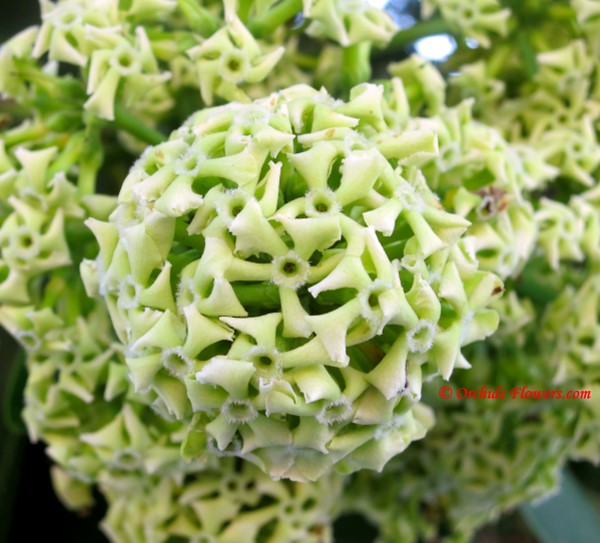
Flower Photography © Orchids Flowers.com
Image: Devil Tree (Alstonia scholaris)
Flower Photography © Orchids Flowers.com
Image: Devil Tree (Alstonia scholaris)

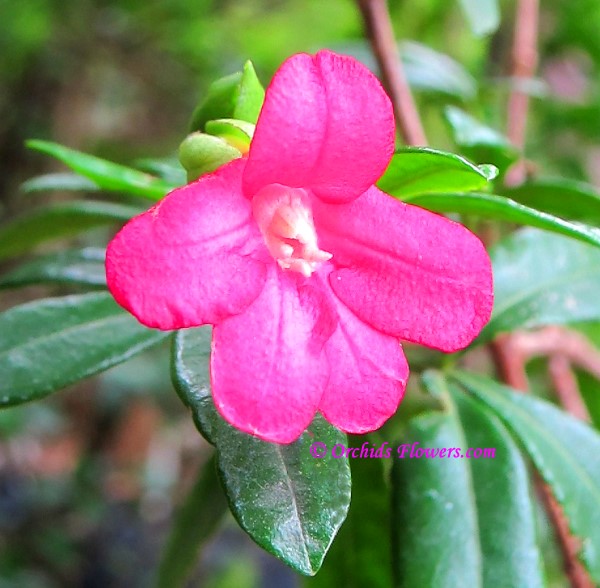 Lemonia (Ravenia spectabilis)
Lemonia (Ravenia spectabilis)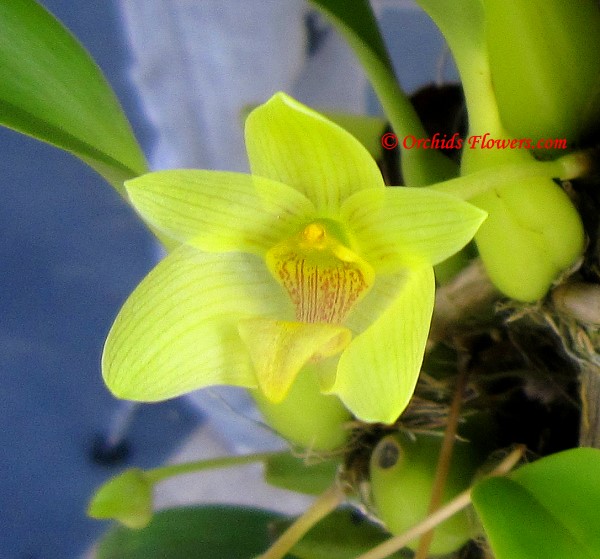 Bulbophyllum orectopetalum
Bulbophyllum orectopetalum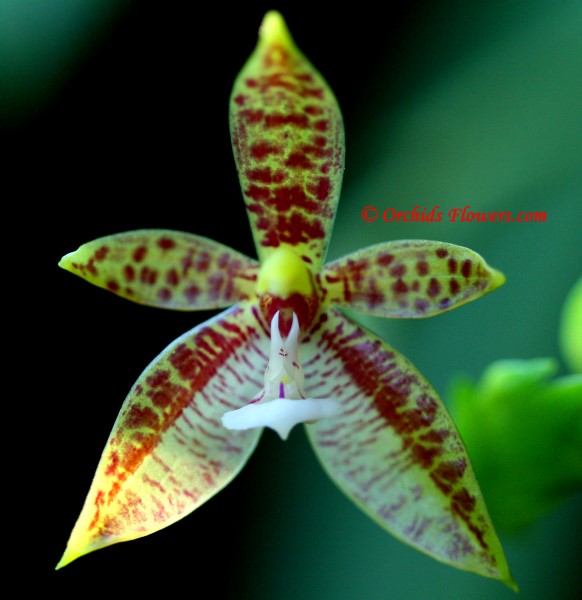 Phalaenopsis cornu-cervi Blume & Rchb. f. 1860
Phalaenopsis cornu-cervi Blume & Rchb. f. 1860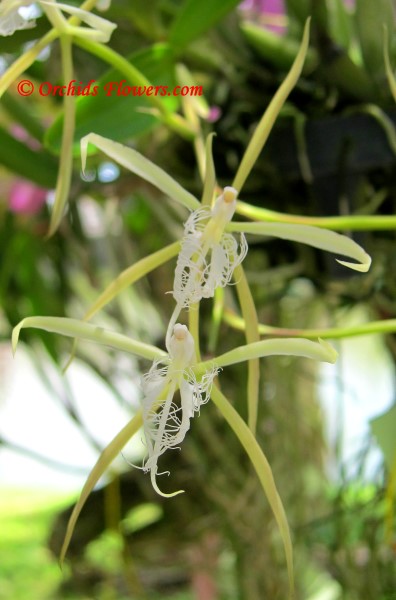 Epidendrum ciliare (Coilostylis ciliaris)
Epidendrum ciliare (Coilostylis ciliaris)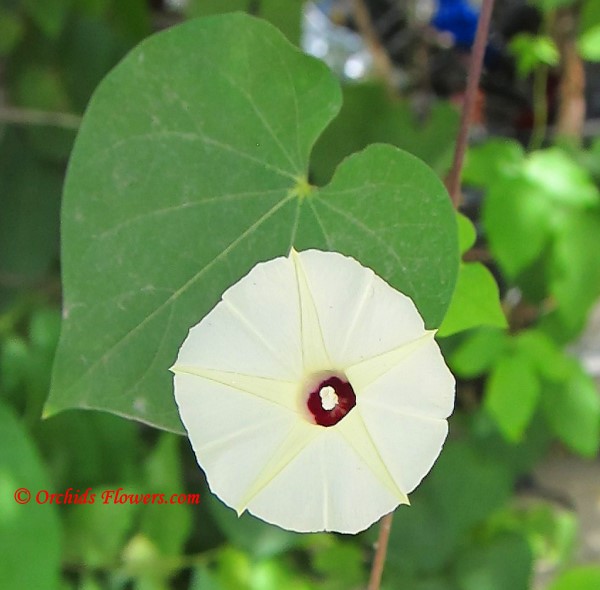 Man of the Earth (Ipomoea pandurata)
Man of the Earth (Ipomoea pandurata)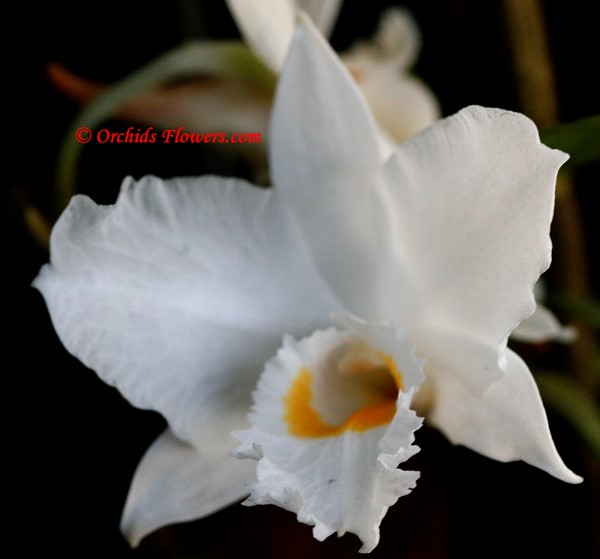 Dendrobium infundibulum Lindl.1859
Dendrobium infundibulum Lindl.1859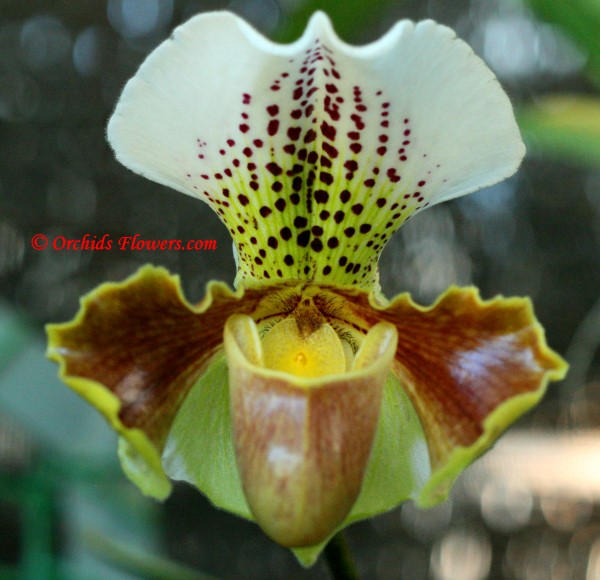 Paphiopedilum insigne
Paphiopedilum insigne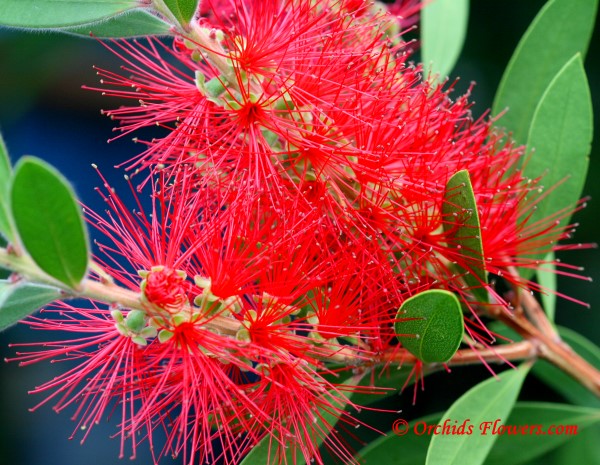 Crimson Bottlebrush (Callistemon citrinus)
Crimson Bottlebrush (Callistemon citrinus)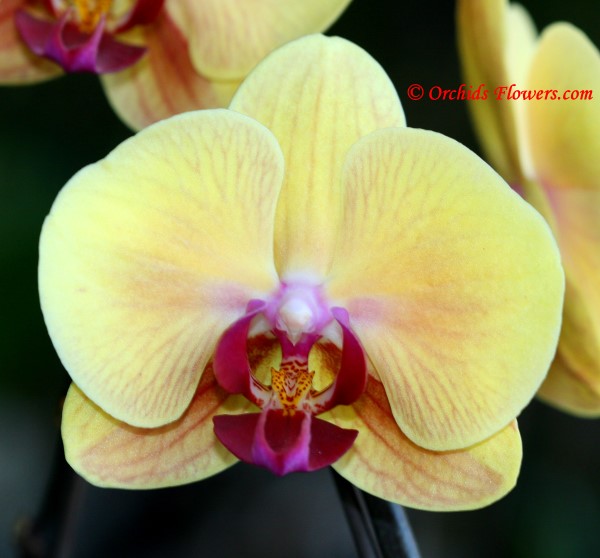 Phalaenopsis Golden Beauty
Phalaenopsis Golden Beauty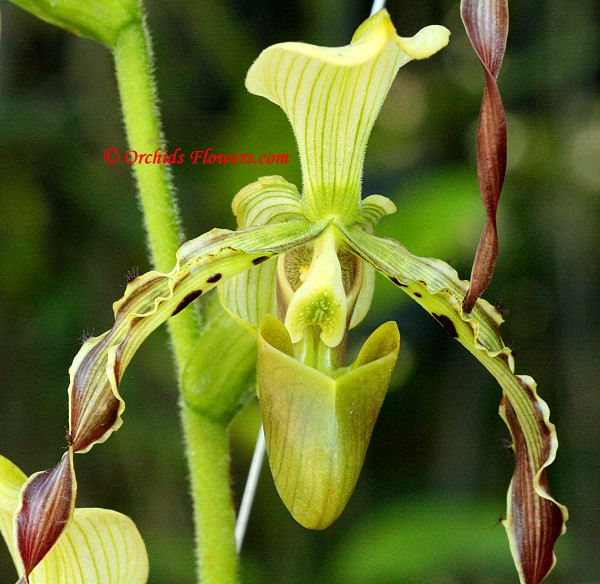 Paphiopedilum parishii
Paphiopedilum parishii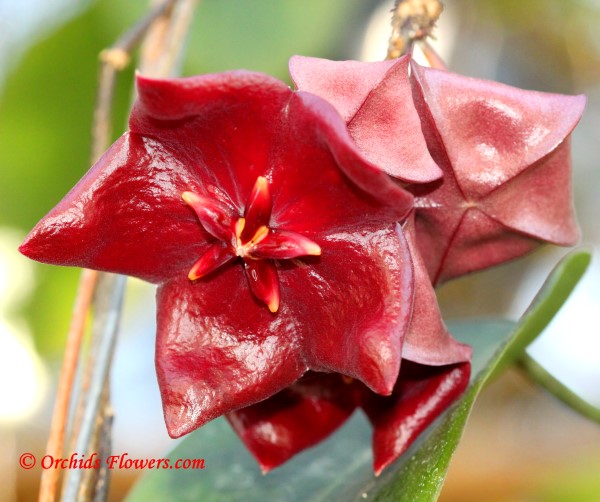 Hoya megalaster
Hoya megalaster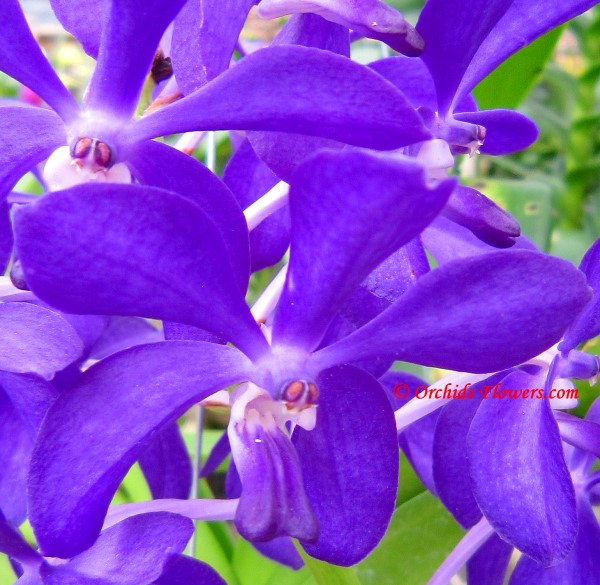 Vandachostylis Thai Sky
Vandachostylis Thai Sky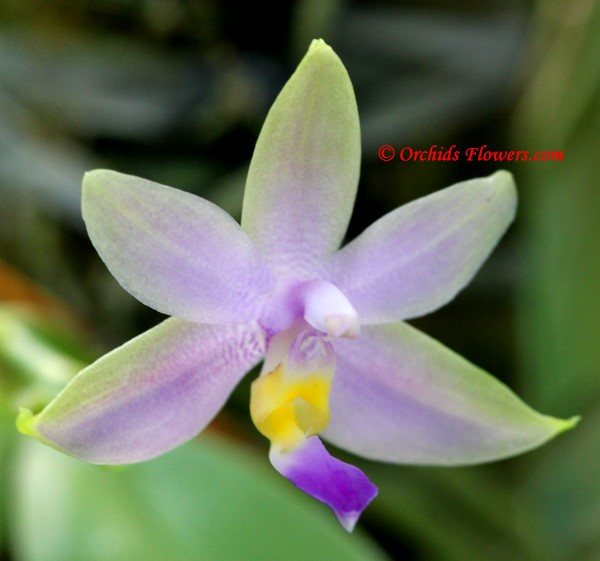 Phalaenopsis violacea fo. coerulea Christenson
Phalaenopsis violacea fo. coerulea Christenson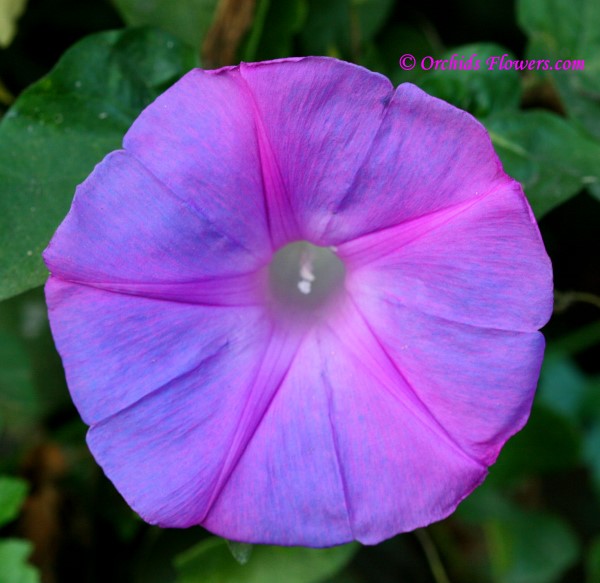 Oceanblue Morning Glory (Ipomoea indica)
Oceanblue Morning Glory (Ipomoea indica)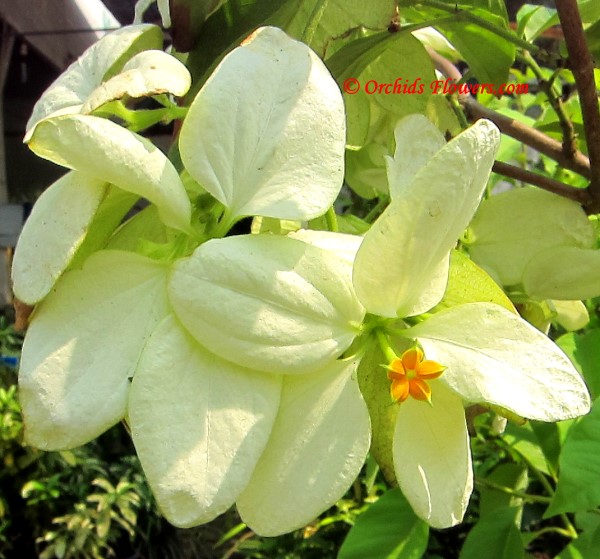 Buddha’s Lamp (Mussaenda philippica var. aurorae)
Buddha’s Lamp (Mussaenda philippica var. aurorae)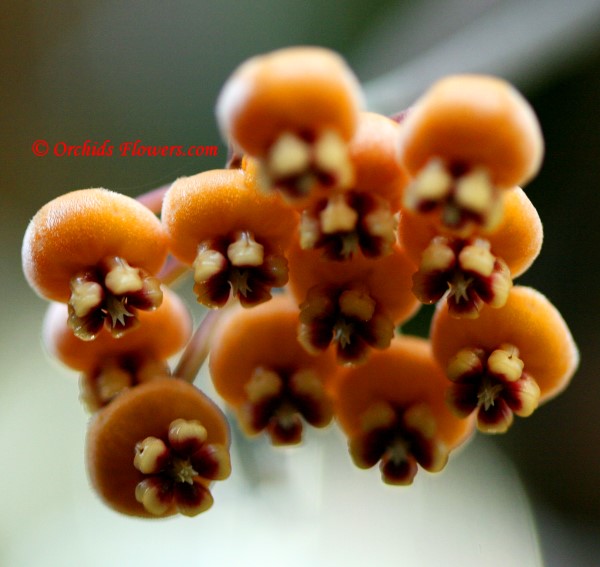 Hoya waymaniae Kloppenb.1995
Hoya waymaniae Kloppenb.1995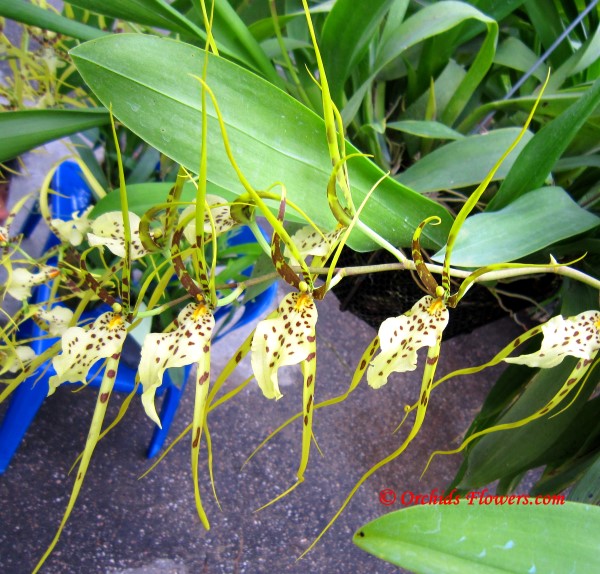 Brassia Eternal Wind “Summer Dream”
Brassia Eternal Wind “Summer Dream”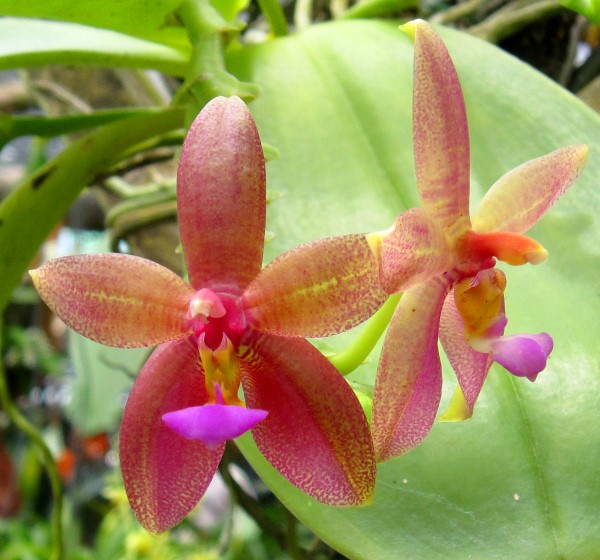 Phalaenopsis × valentinii
Phalaenopsis × valentinii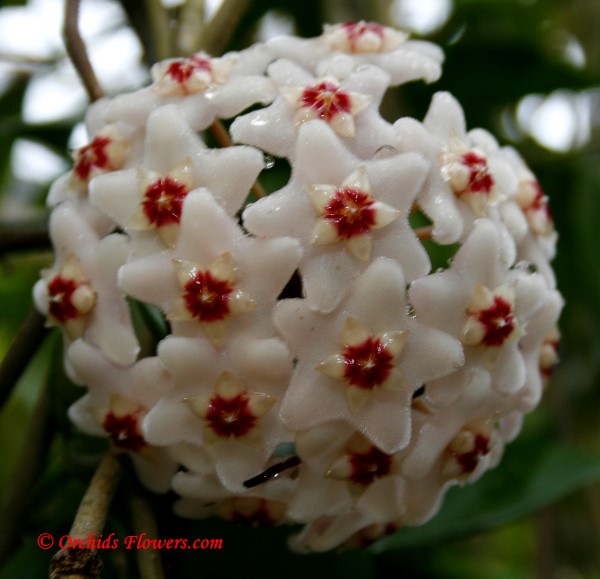 Hoya carnosa white
Hoya carnosa white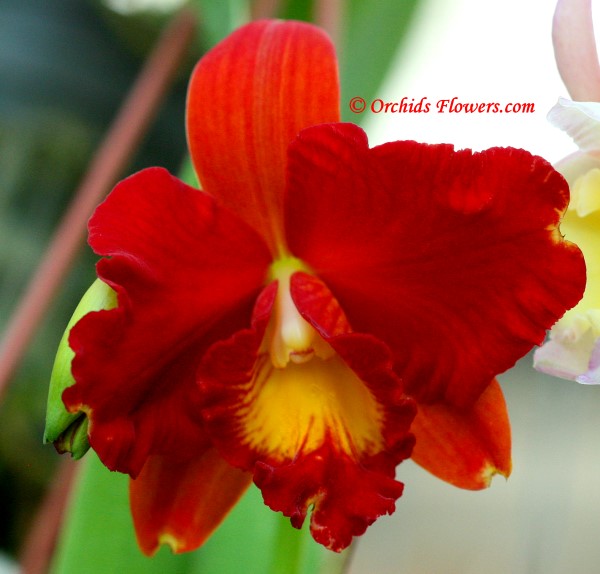 Cattleya Tainan City
Cattleya Tainan City


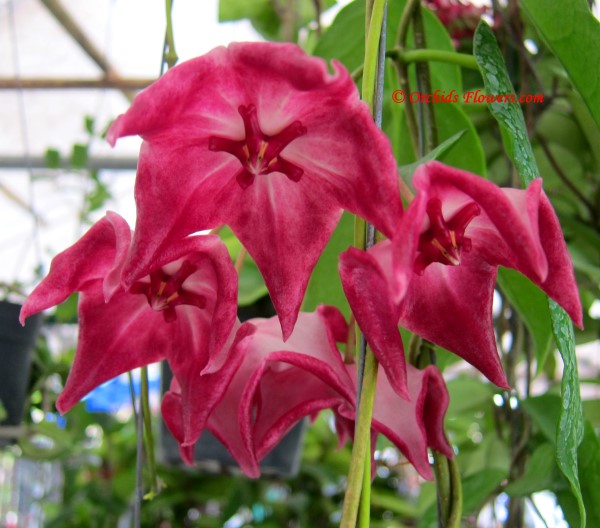 Hoya macgillivrayi F. M. Bailey 1914
Hoya macgillivrayi F. M. Bailey 1914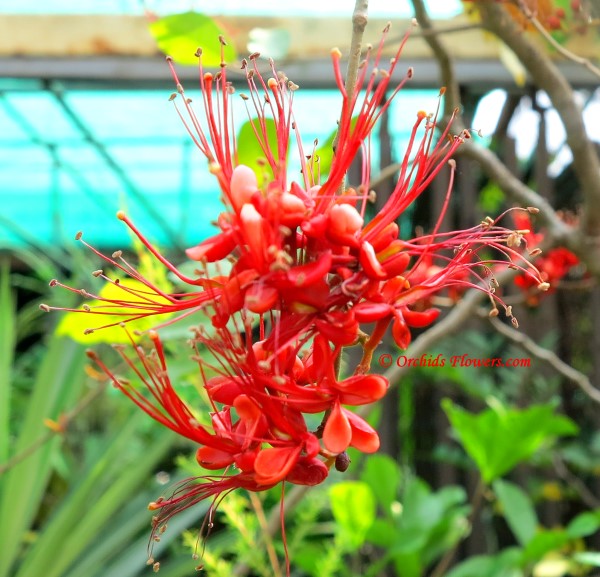 Monkey Flower Tree (Phyllocarpus septentrionalis)
Monkey Flower Tree (Phyllocarpus septentrionalis)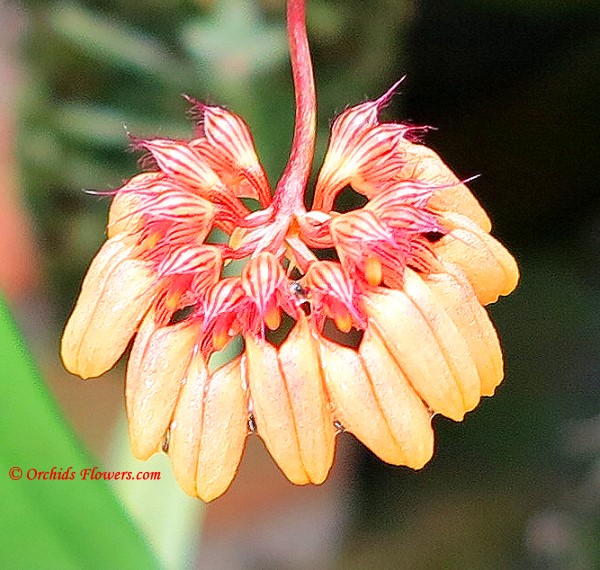 Bulbophyllum sikkimense (Cirrhopetalum sikkimense)
Bulbophyllum sikkimense (Cirrhopetalum sikkimense)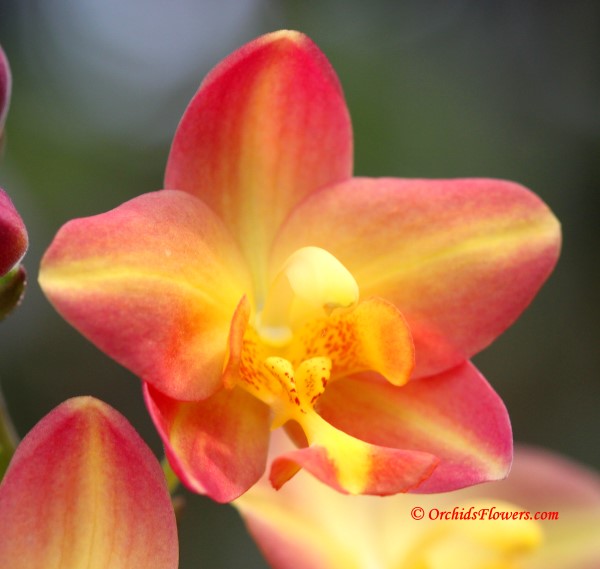 Spathoglottis Citrus Cooler Sorbet
Spathoglottis Citrus Cooler Sorbet
{ 0 comments… add one now }